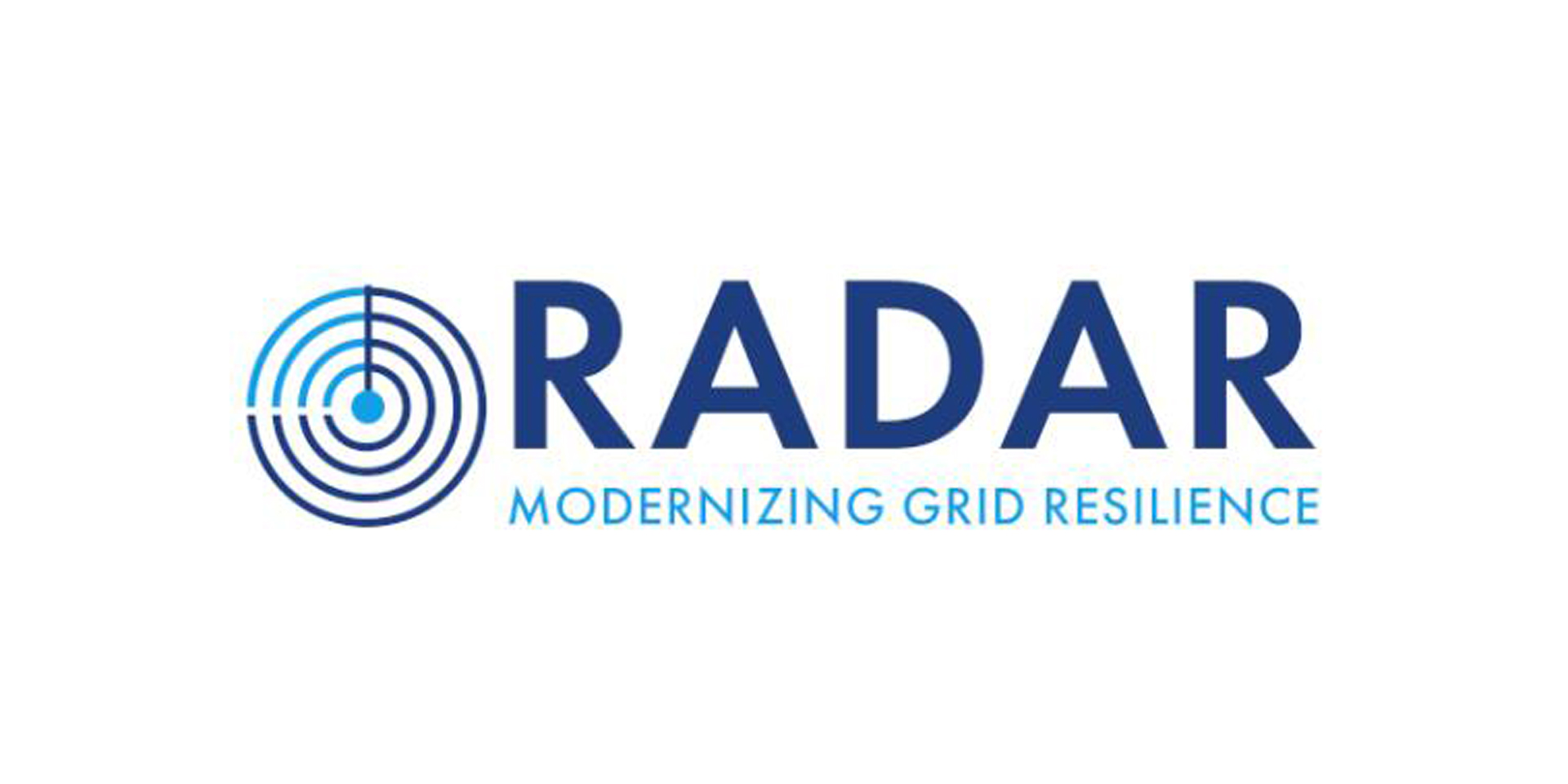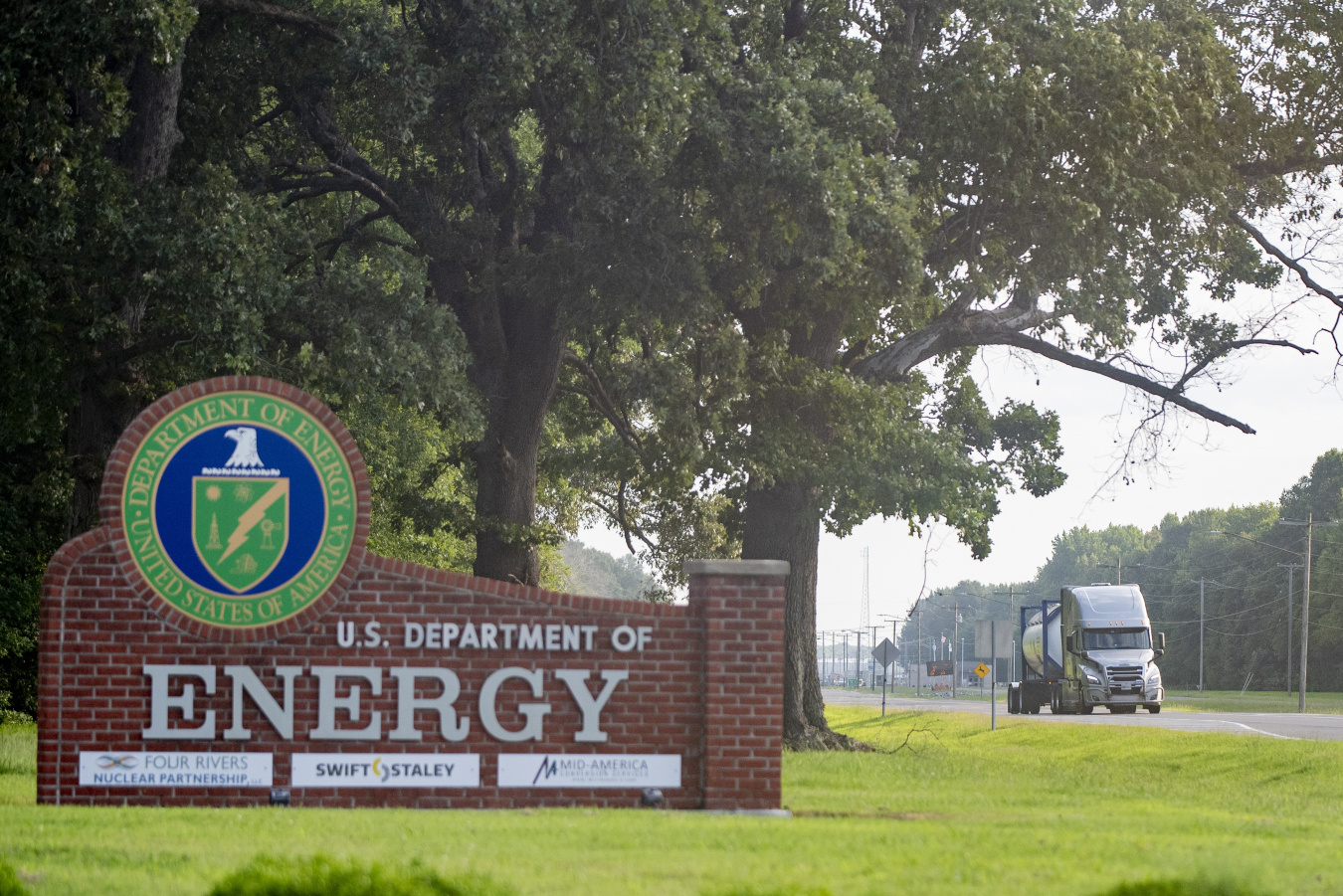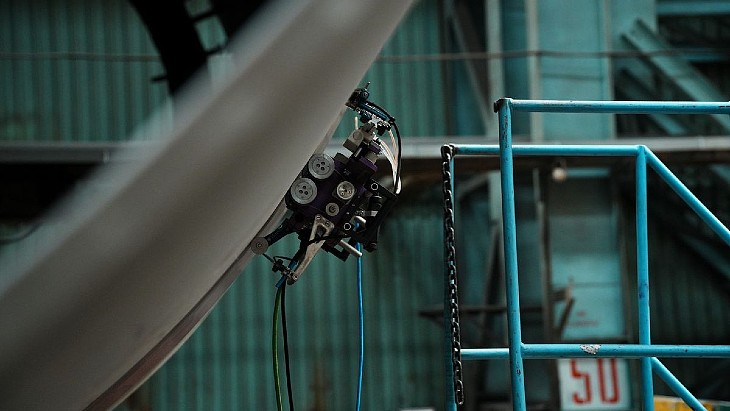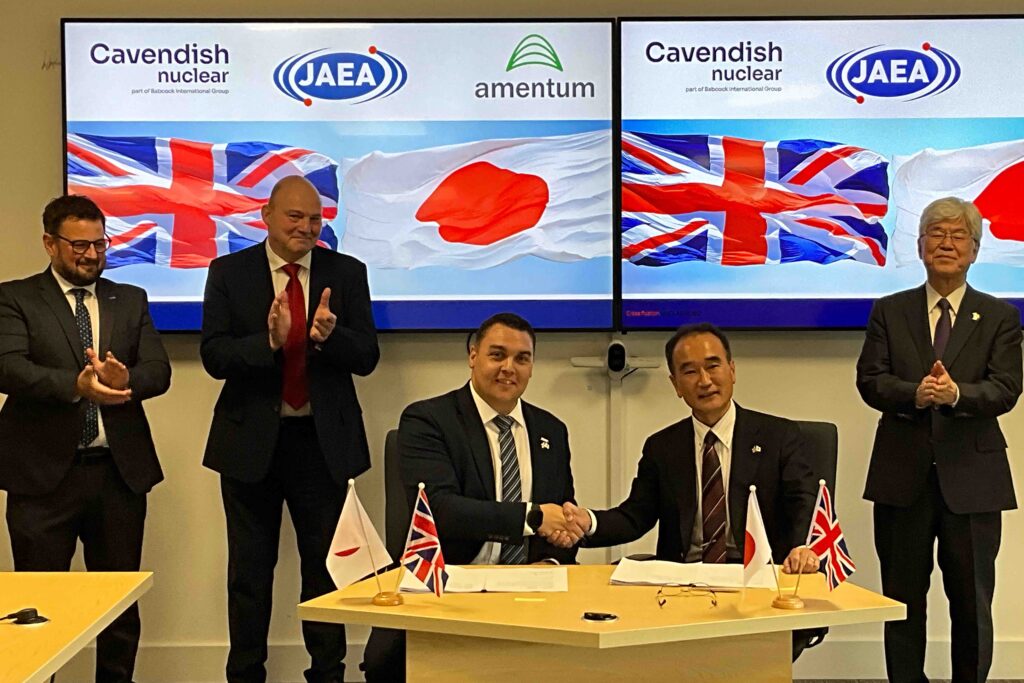The V.C. Summer site. (Photo: Santee Cooper)
Santee Cooper, South Carolina’s state-owned electric and water utility, recently announced that it has signed a memorandum of understanding with Brookfield Asset Management.
Concept art of a Holtec SMR-300 in Brigham City, Utah. (Image: Build Brigham City)
Utah Gov. Spencer Cox joined Brigham City Mayor D. J. Bott this week to announce a new partnership among the state, city, Hi Tech Solutions, and Holtec International. The partnership plans to develop a “full-scale nuclear energy ecosystem” based in Brigham City that will feature advanced manufacturing, workforce development, and Holtec’s SMR-300.
The Paducah Site in Kentucky. (Photo: DOE)
The Department of Energy’s Office of Environmental Management has issued a request for offer (RFO) seeking proposals from U.S. companies to build and power AI data centers on the DOE’s Paducah Site in Kentucky. Companies are being sought to potentially enter into one or more long-term leasing agreements at the site that would be solely funded by the applicants.
The inspection robot at work. (Photo: Rosatom)
“Nuclear Spider” sounds like the title of a 1950s-era science-fiction movie, but it’s actually a fairly accurate description of a new robotic system deployed by Atommash, the mechanical engineering division of Rosatom, Russia’s state-owned nuclear utility.
Company and JAEA representatives celebrate the signing of the D&D contract. (Photo: Babcock International)
U.K.-based Cavendish Nuclear, a subsidiary of Babcock International, will work with Amentum on the next phase of work supporting the decommissioning of Japan’s Monju prototype fast reactor under a contract awarded by the Japan Atomic Energy Agency.











